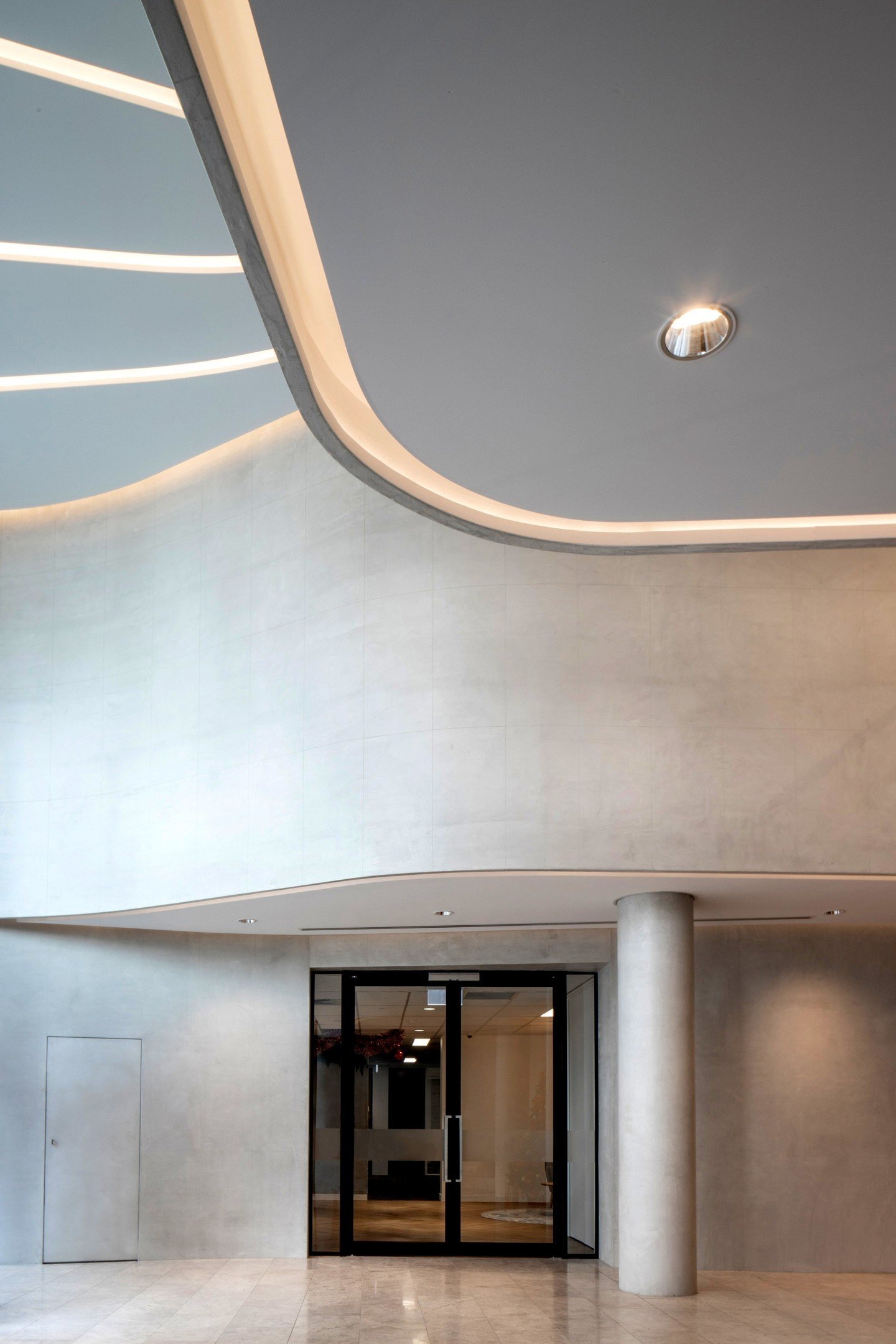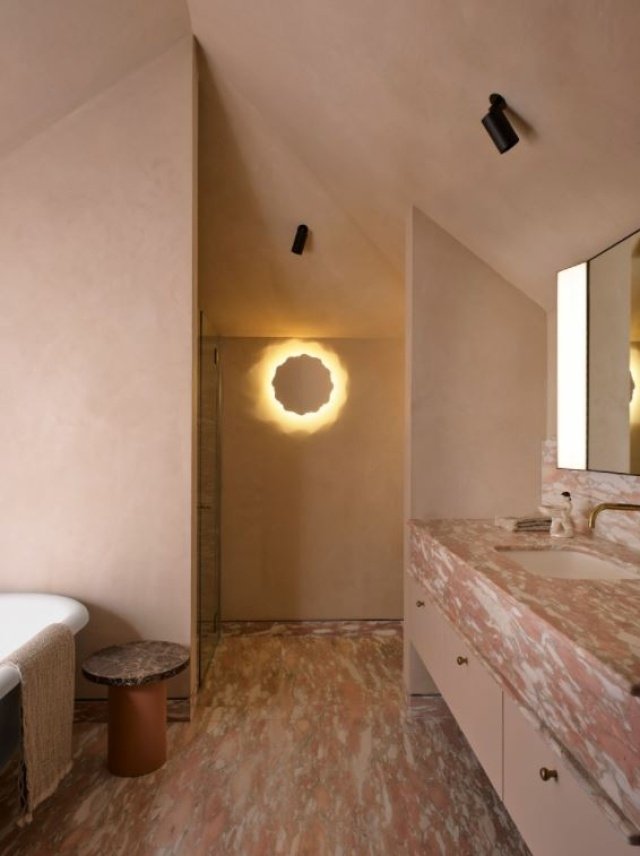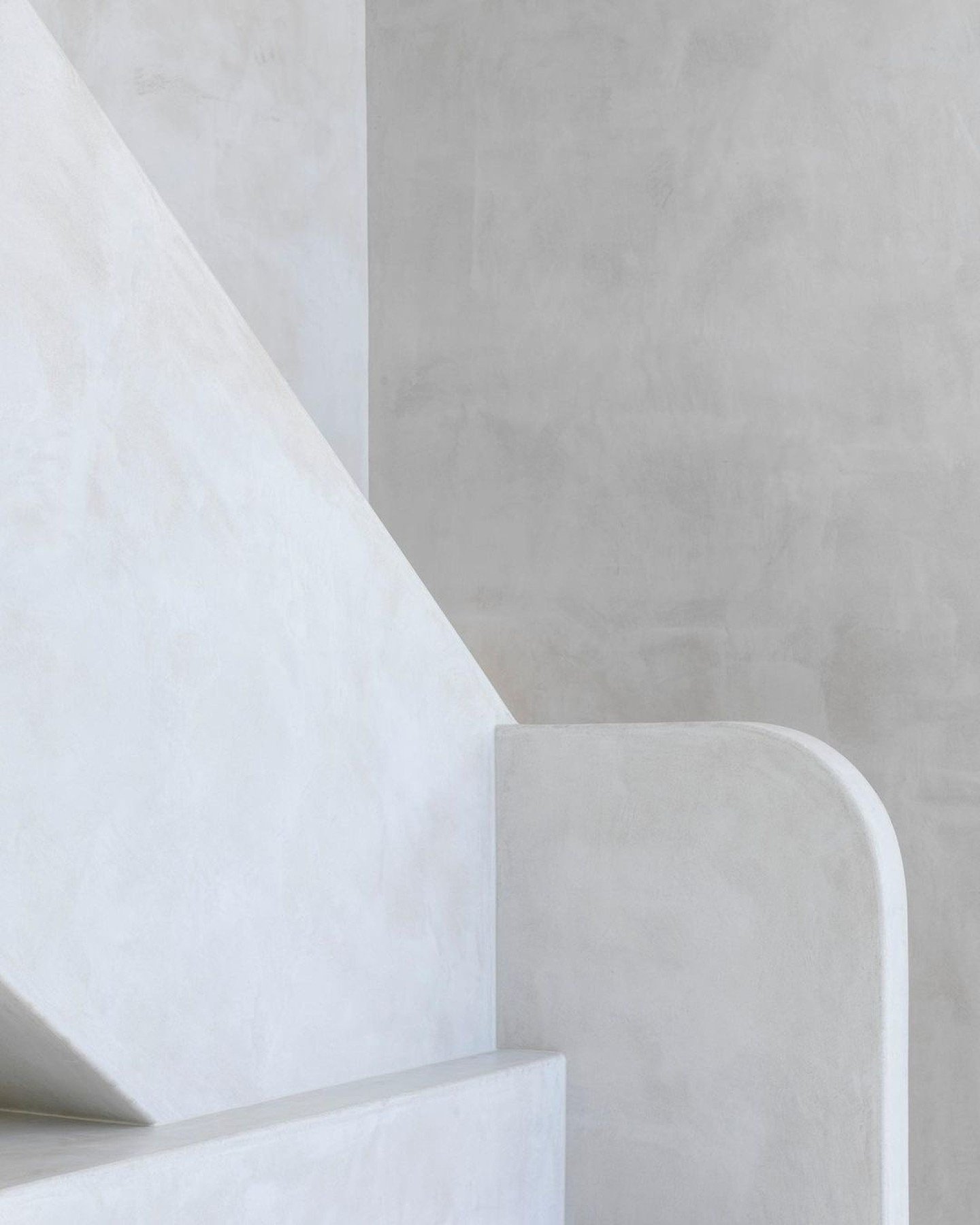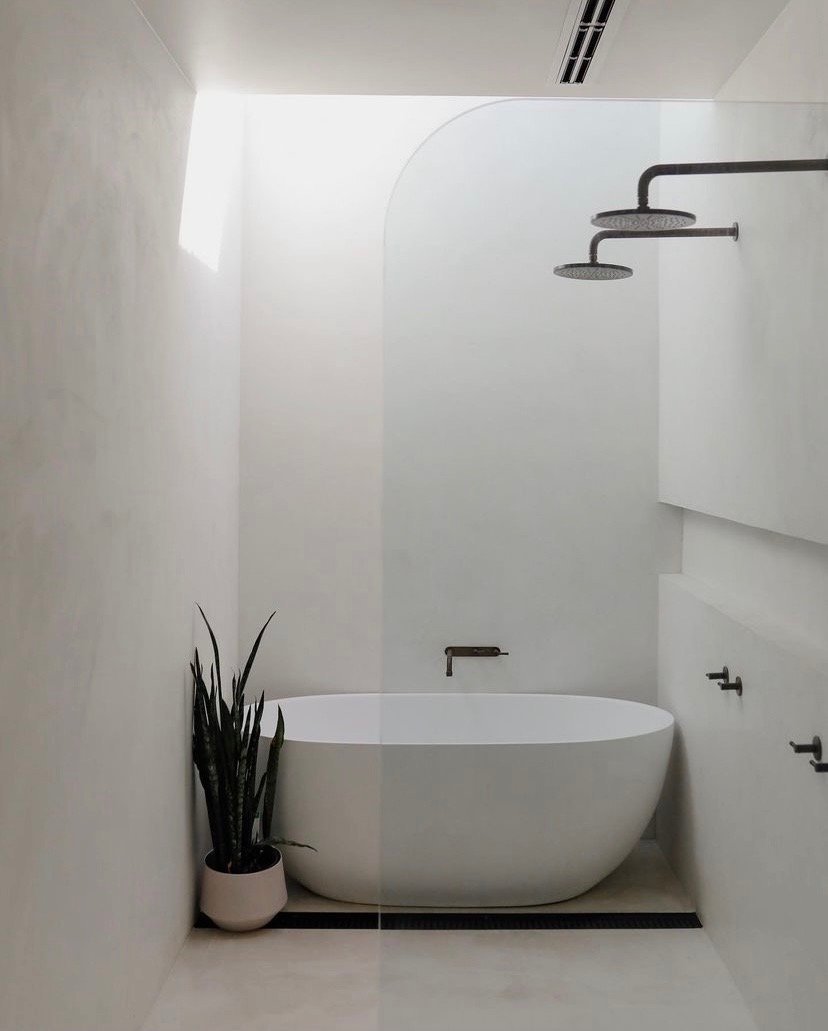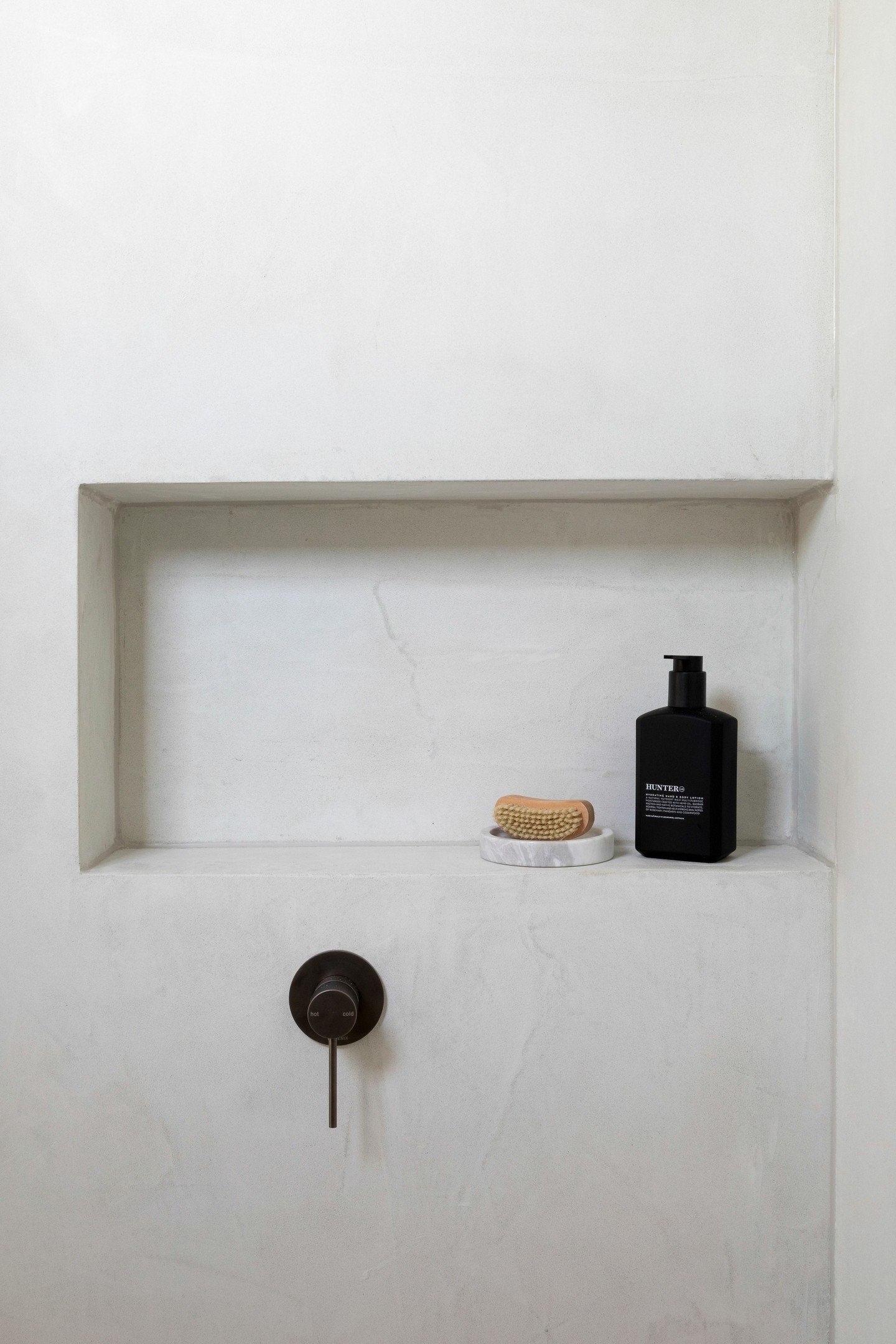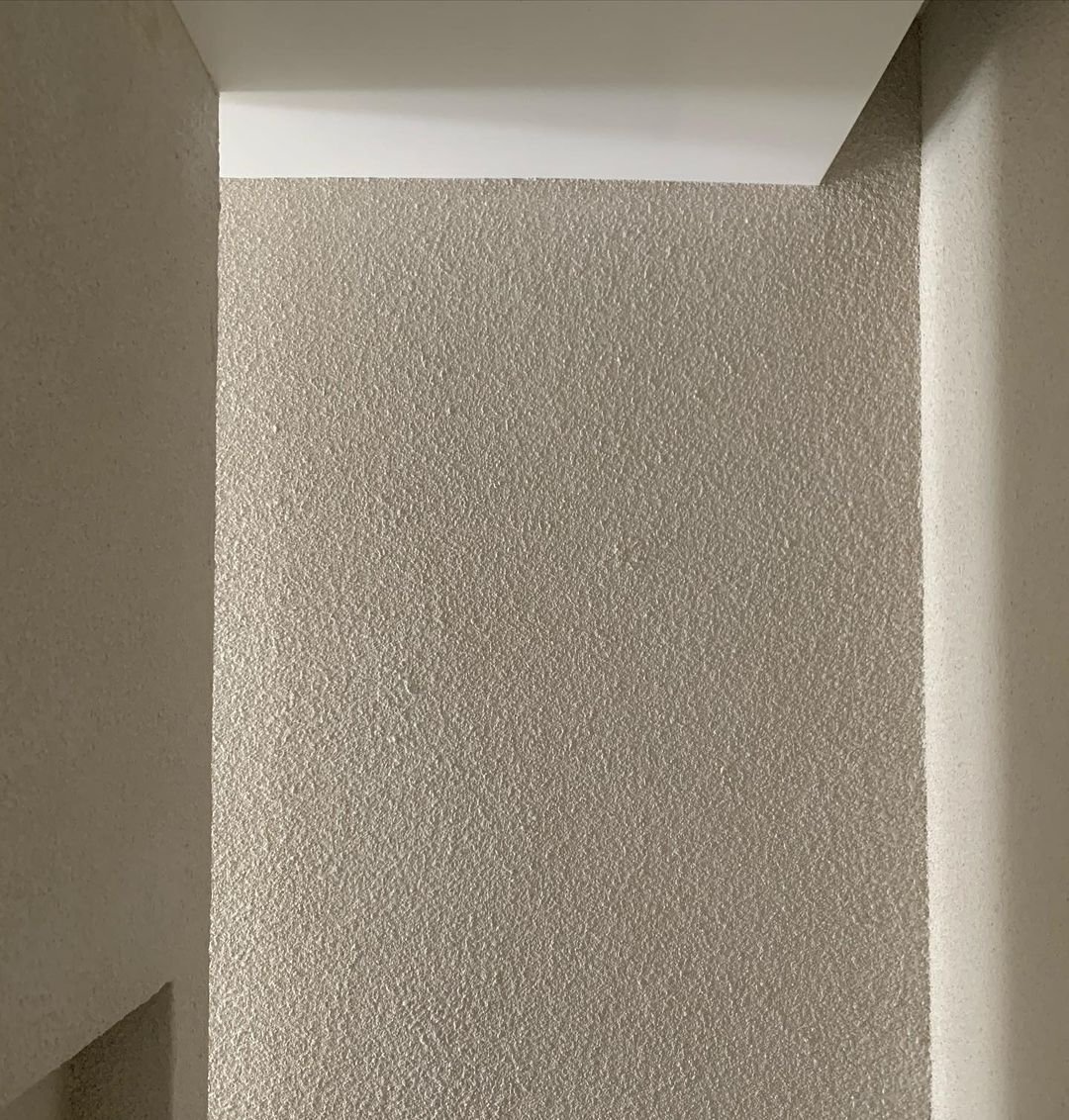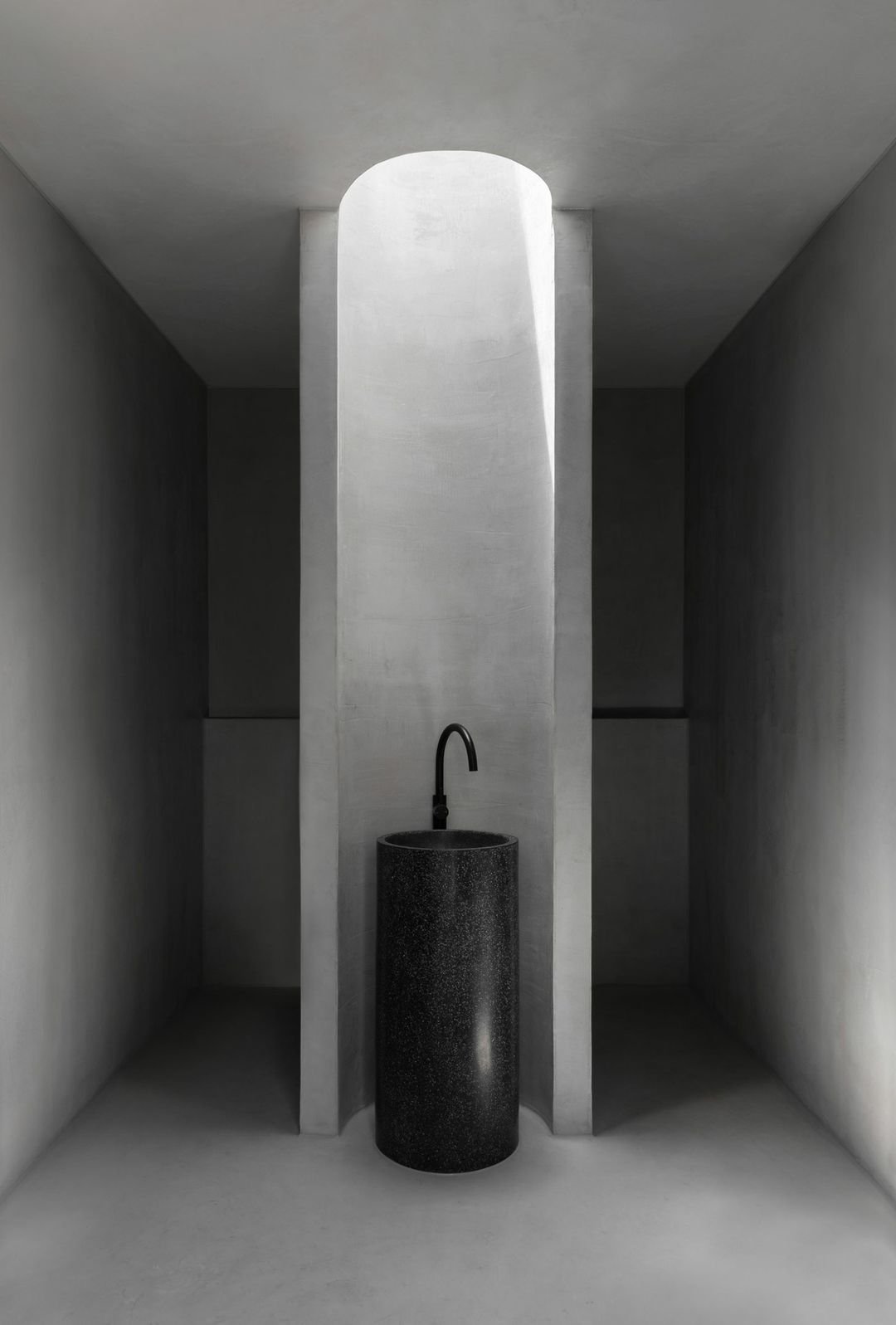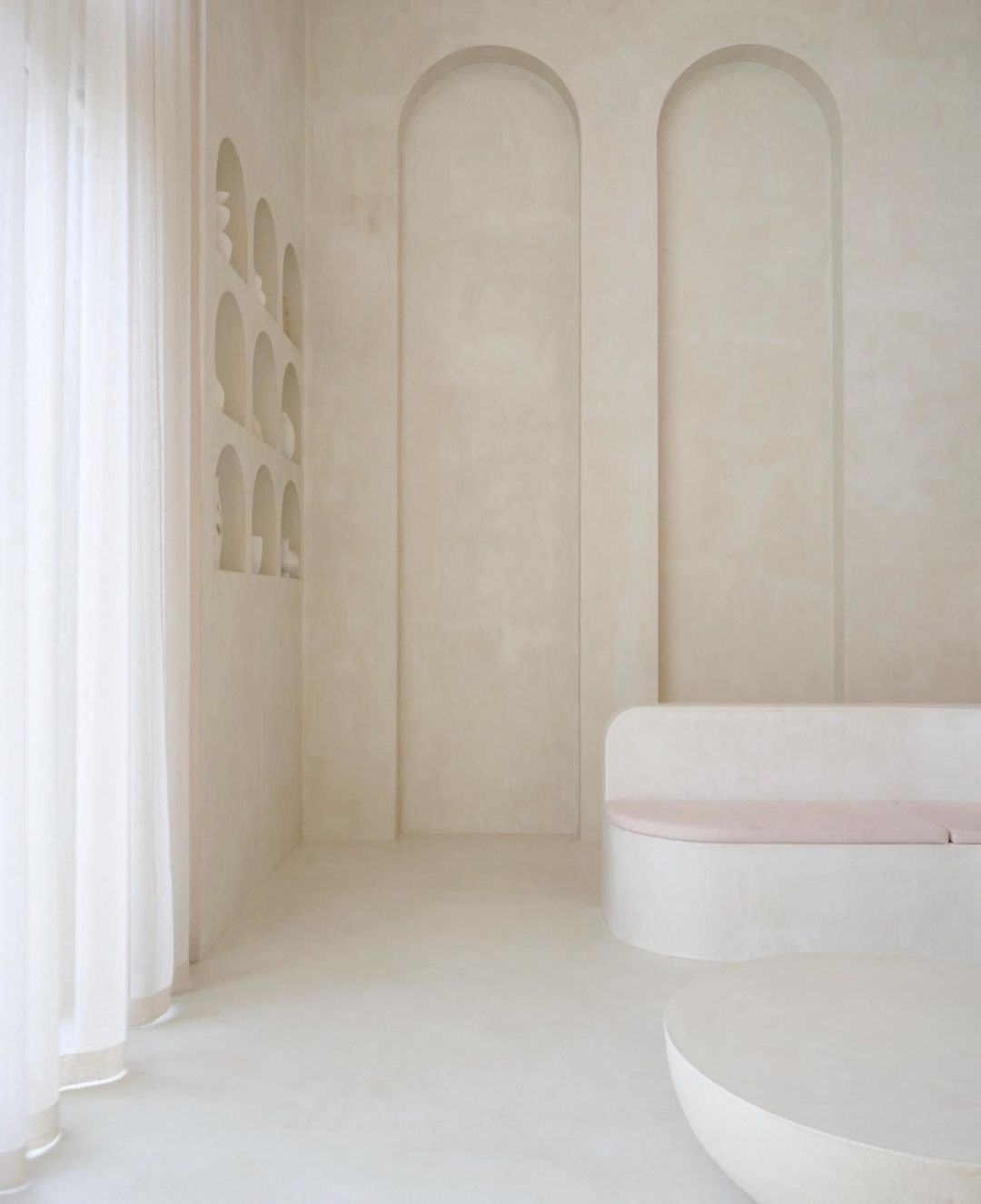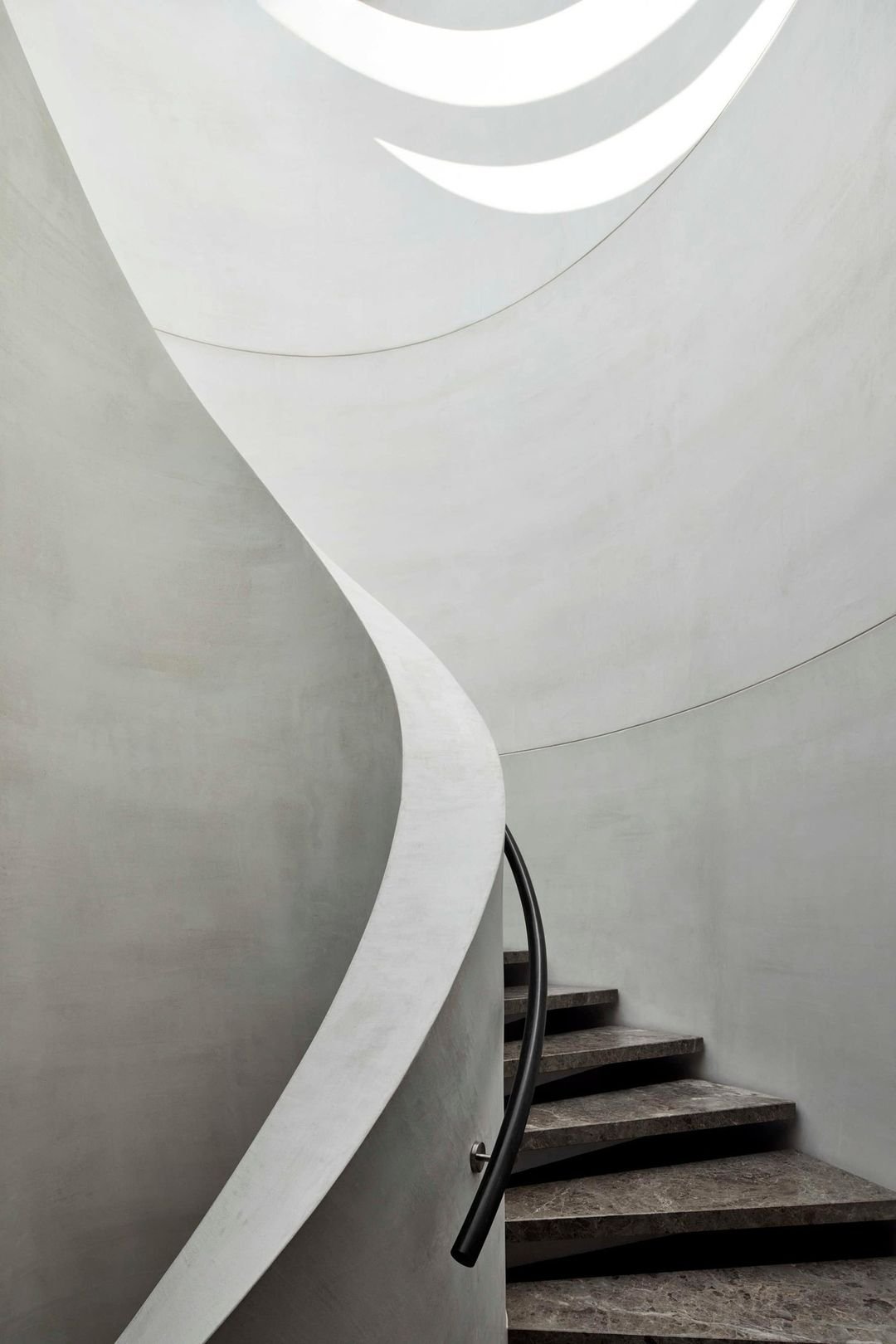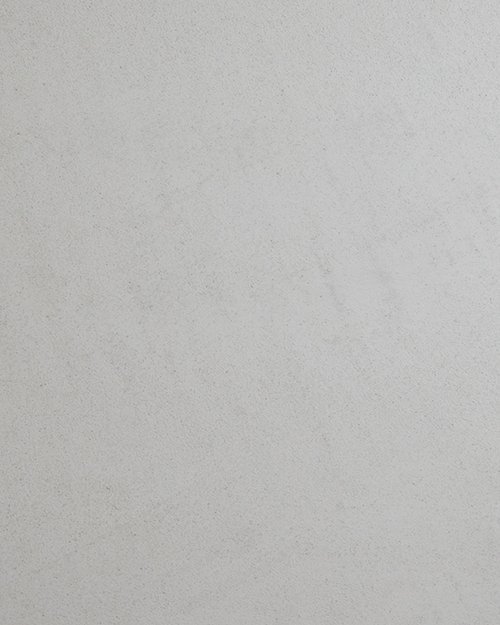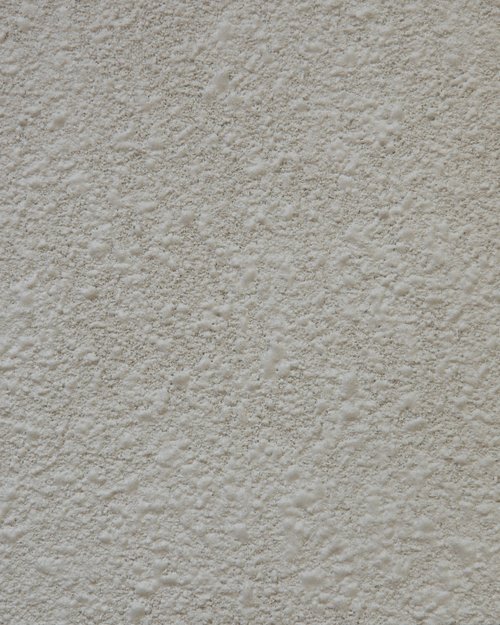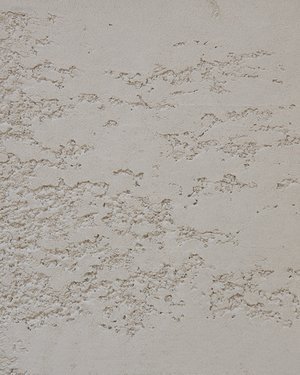Microcement Walls
25+ years of transforming spaces with microcement
The versatility of microcement means it can be used in various ways throughout your project, but one of its most common applications is walls. If you’re looking for a more unique and contemporary alternative to traditional wall finishes, you’ve come to the right place. We’ve been experts in microcement since 1999 — and we’ve proudly watched it become the wall surface of choice for home owners, architects, interior designers, and builders; inside or outside, from bedrooms to bathrooms and beyond.
The following information covers everything you need to know about microcement wall solutions, from its practical and aesthetic benefits to suitable applications.
Microcement
[noun] mi-cro-cem-ent
A mixture of cement and adhesive polymers, forming a coating that’s hand-installed on top of almost any hard surface; known as an overlay. While it was originally created to replicate the industrial aesthetic of concrete, microcement now comes in a range of different finishes and colours for seamless application in any space.
Why should you choose microcement walls?
Balancing functionality with beauty, microcement is a popular wall surface in residential, retail, commercial, public works, and hospitality design. Here are just some of the reasons why you should choose a microcement wall:
It’s hand-applied as a very thin layer (only 3mm max!) which adds minimal weight to the building’s structure — an important factor to consider on sites with limited load-bearing capacity.
Microcement is extremely flexible, and none more so than our X-Bond. This allows it to adapt to the substrate's movements without cracking, unlike concrete.
This flexibility also makes microcement suitable for more intricate applications, including curved walls, irregular substrates, recessed shelves and shower niches.
Microcement is also highly adhesive thanks to the added polymers, ensuring that it can be applied on top of a wide range of existing substrates and resist de-lamination.
There’s no need to demolish your old wall before resurfacing it with microcement (unless it’s in severely poor condition) thanks to the Remodel Without Removal system.
Use it inside and outside thanks to advanced sealers and an easy waterproofing process with our Liquid Membrane.
Get creative with our range of colour and texture options. X-Bond comes in a variety of different wall finishes, plus 10 different shades and custom colours for jobs of a certain size.
Areas of applications for microcement walls
The possibilities for microcement walls are nearly endless — including every room inside the house, external facades, commercial buildings and retail stores, inside showers and wet areas... The list goes on.
Like we mentioned before, you can install microcement over almost any hard substrate, including: concrete, tiles, compressed sheeting, plaster, villa board, brick, ply, laminate & MDF.
Ultimately, the durability of microcement comes down to the quality of the sealers used and adequate preparation. For example, if your installer doesn’t seal the surface correctly, you’ll definitely notice the effects of wear and tear or weather damage.
Similarly, microcement on its own isn’t waterproof — rather, it’s suitable for wet areas when installed with a waterproofing membrane.
X-Bond finishes for microcement walls
One of the best things about microcement is its aesthetic versatility. It can be applied using different techniques, which means a wide range of finishes to choose from. We supply four different X-Bond finishes in total, and three of them are suitable for different types of walls. Let’s talk through each microcement finish and its purpose:
X-Bond Micro (the most common microcement for internal walls)
Our original finish and the most popular microcement for internal walls, X-Bond Micro resembles polished concrete. After being trowelled onto the floor, it’s sanded for a smoother feel. The end result features visible trowel marks creating subtle variations in texture and colour, but overall it’s a very uniform and seamless finish.
X-Bond Mineral (for internal and external feature walls)
X-Bond Mineral is popular choice for feature walls because of its highly textural finish, which stands out in any space. Applied with a spray gun, the end result is a rough and bumpy stucco-like surface inspired by salt formations and mineral caves — hence the name.
X-Bond Natural Concrete (for internal and external feature walls)
A microcement that looks like raw concrete with beautiful textured variations. The X-Bond is sprayed onto the wall before being smoothed out in places using a hand trowel. The contrast of raised and indented areas provides a similar look to a natural concrete slab.
How to maintain your microcement walls
Another huge benefit of microcement is that it’s easy to clean. There are a few guidelines you should follow to maintain the condition of your microcement:
Avoid cleaning products that have strong or abrasive ingredients, such as a solvent-based acetone of a concentrate exceeding 50%. Most household, commercial and industrial detergents may be used.
Do not wash the X-Bond surface for the first week after application, not even with water. This allows sealers to dry completely.
In external areas simply hose down with water or use low- or high-pressure washing equipment.
Dry wet areas with a soft cloth to avoid leaving moisture on your microcement surfaces for too long. Microcement is resistant to mould and stains, but this helps keep it in as perfect condition as possible.
Feeling inspired?
Enquire about X-Bond
